《原来如此 》-又厚又闷还死贵 !可为什么律政剧里的法官律师都得戴 ?
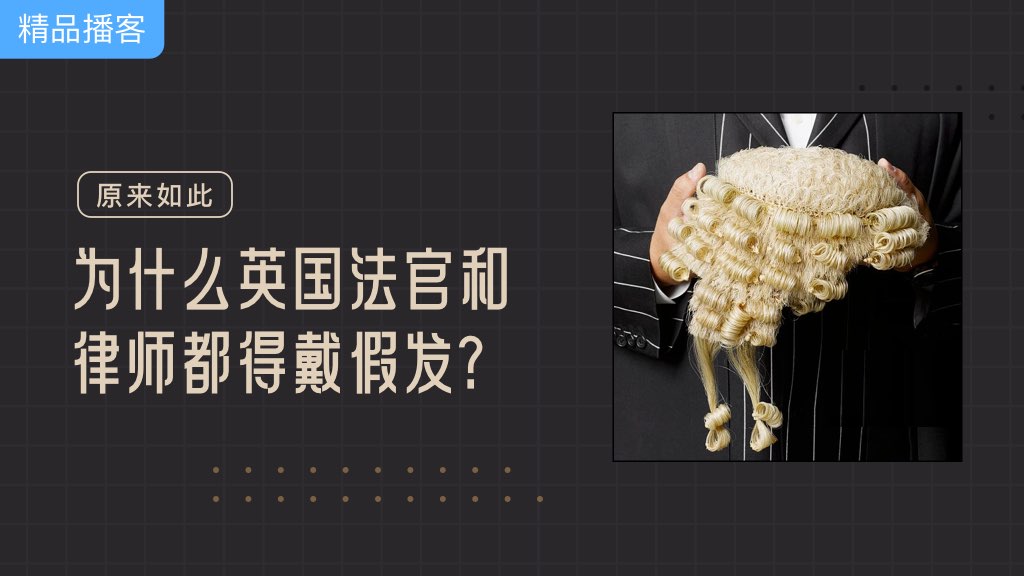

本期新词
Vocabulary
Wig/wɪɡ/假发
Barrister /ˈbærɪstə(r)/ 出庭律师
Over the top 超出正常的,过分的
Stylized 风格化的
Go bald 变秃
Trendsetter 引领潮流的人
Respectable 值得尊敬的
Professionalism 专业
Neutrality /njuːˈtræləti/ 中立性
Criminal trials 刑事审判
Toupee /ˈtuːpeɪ/假发片
*文末附本期节目的音频+keywords+英文逐字稿,供大家衍生阅读。来小酒馆,一起用英文视角打开世界~

欢迎加小助手微信【luluxjg1】进入社群哦。来小酒馆,一起看大世界!
1
Wigs: From Palace to Courtroom
从宫廷时尚到法庭的象征
虽然我们总在英剧里看见,但假发的风尚,并非起源于英国,而是源自法国国王路易十四的宫廷。
这位以“太阳王”自居的君主,早年因患病(有说是梅毒但没有确凿医学证据)而头发稀疏,为了遮掩这一缺陷并重塑王者威仪,他开始佩戴假发。
咱中国有句古话叫:上有所好,下必甚焉。
法国宫廷也是一样,很快,这种华丽的假发潮流便如同野火般席卷了整个法国贵族阶层,进而跨过英吉利海峡,成为英国上流社会争相追逐的时髦单品。

在17世纪的英国,一顶浓密、卷曲且常常扑上香粉的假发,是身份、财富和地位的直观体现。
它不仅仅是装饰,更是一种“体面”——在那个卫生条件堪忧的年代,虱子困扰着几乎每一个人,拥有一顶可以随时取下清理的假发,无疑是维持个人卫生与形象的便捷之道。
于是,从宫廷贵族到乡绅名流,人们纷纷头顶各式各样的假发,将其视为日常着装不可或缺的一部分。
自然而然地,作为社会精英组成的法官和律师群体,也迅速拥抱了这股潮流。
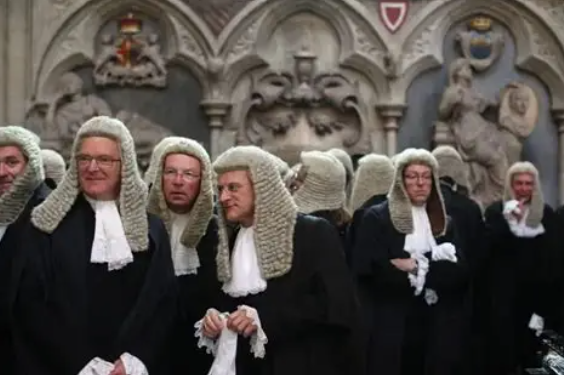
起初,一些医生和学者也会戴假发,穿黑袍,都是为了彰显其职业的严肃性,获得社会尊重。
然而,时尚风潮几经变迁,假发逐渐退出日常生活时,法律界却将其保留了下来。
因为假发被认为可以弱化法官和律师的表情和情绪,使其与法庭环境分割开来,更能体现法律的公正。
当时的人们还觉得假发增加了法庭的庄严肃穆感,从视觉上塑造了法律至高无上的形象。
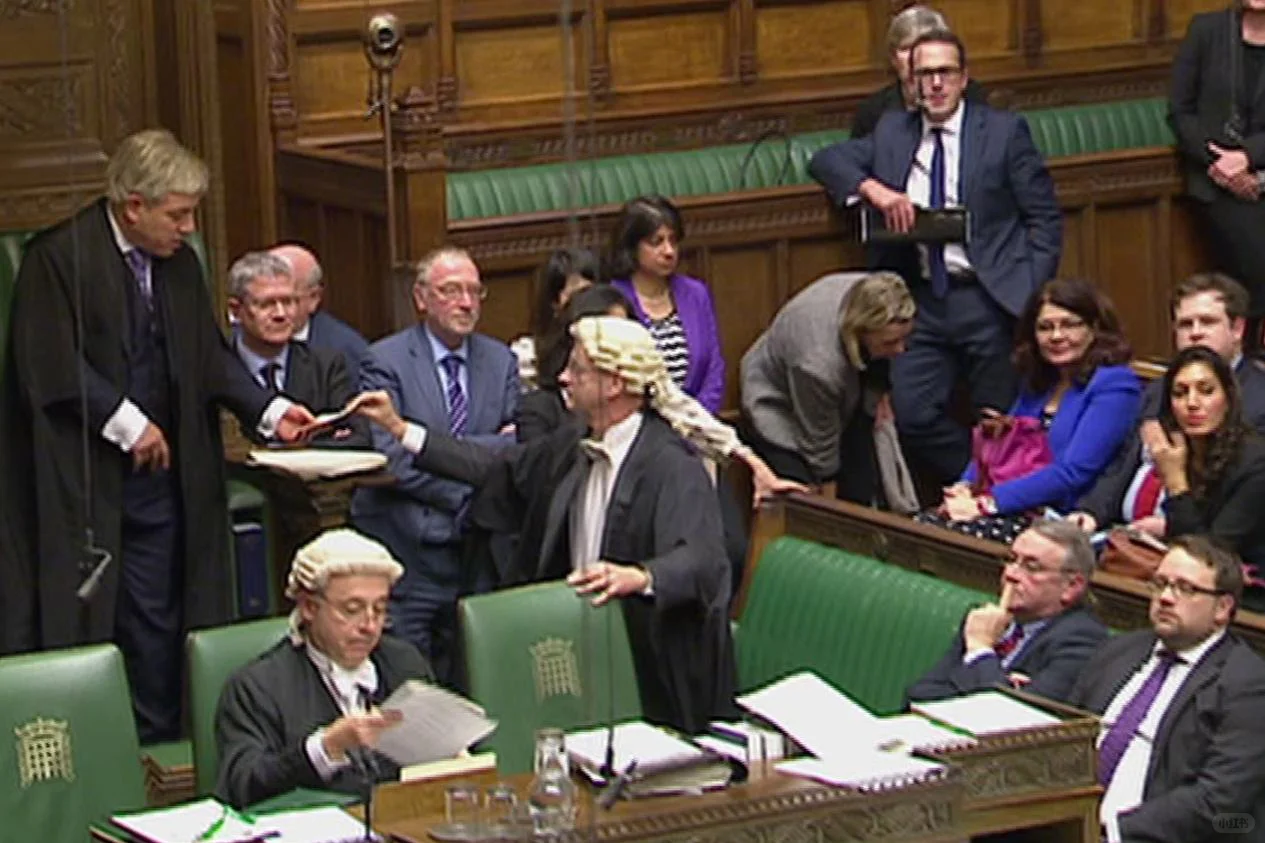
于是直到今天,你还能看到顶着假发的法官和辩护律师。
2
Challenges and Reflections
临前所未有的挑战和反思?
然而,时代在变,社会的观念与审美也在变。
这项延续了三百多年的传统,在进入20世纪后半叶,尤其是21世纪后,开始面临前所未有的挑战和反思。
批评的声音主要在以下几点:
首先,来到现代,假发被视为一种昂贵、不合时宜的象征。一顶由马毛制成的法官用长假发大概要2500磅(2w+人民币);
就算是辩护律师的短款也要五六百磅,这笔开销最终需要由公共财政或法律从业者自身承担。
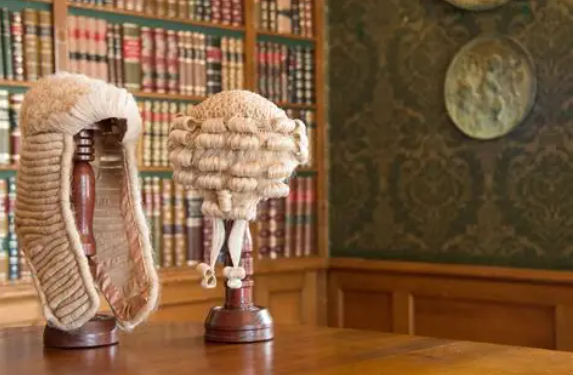
其次,在许多现代人眼中,假发显得过于戏剧化,不但不能增加威严,反而可能拉大法庭与公众的距离,让人感到法律高高在上、难以亲近。
最后也是最实际的原因,在炎热季节,佩戴假发真的是一种实实在在的生理负担,让人忍不住好奇:头痒真的不会影响律师发挥,法官判断么?
正因如此,英国各地开始了一场静悄悄的“假发革命”:
比如在英格兰和威尔士,英国司法部宣布改革。民事和家事案件中的法官和律师不再需要佩戴假发。
不过在刑事法庭中,出于维护审判严肃性的考虑,法官和出庭律师(Barristers)佩戴假发的传统得以保留。
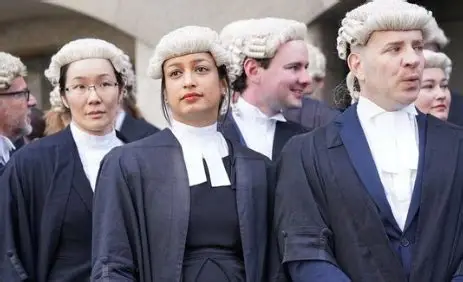
值得注意的是,2022年,英国司法部再次宣布了一项新规,进一步放宽了对于假发的要求。
根据这一新规,在英格兰和威尔士,除了刑事法庭的法官之外,其他律师(包括出庭律师)在大多数场合都可以不再强制佩戴假发。
这一变化被视为司法系统迈向现代化、试图变得更加“亲民”的又一重要步骤。它体现了法律传统在面对时代需求时的灵活性与适应性。
所以,下次当你在律政剧中再看到头戴假发的法官或者辩护律师时,你可能就知道了这其中的来由了。
心中暗喜,“嘿嘿,这题我会🙋”
3
You Can Read More Here
本期音频+英文逐字稿,欢迎阅读👇

图片均来源于网络 | 侵删
加小助手VX【luluxjg1】领取全文逐字稿

Why do judges wear wigs?

The tradition of wearing wigs in court began in Britain in the 1600s, when fashionable men wore wigs as part of their everyday clothing.
▼
Judges and lawyers started wearing wigs to follow the fashion and look serious and respectable.
▼
Over time, the wig became a symbol of authority, professionalism, and neutrality in the courtroom.
▼
Wearing a wig also helped create a formal and respectful atmosphere in court.
▼
The wig gave the judge a kind of "uniform" appearance, which helped separate their personal identity from their legal role.
▼
Today, judges still wear wigs in some countries that follow British legal traditions, like the UK, Australia, and some Caribbean nations.
▼
In some places, wigs are only worn for ceremonial occasions or criminal trials, not in everyday court sessions.
▼
Many modern courts are now moving away from wigs, but some people argue that they help maintain tradition and respect for the legal system.

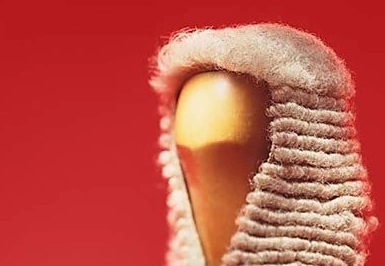

Useful Phrases
Expressions
“A symbol of authority”
– Something that represents power or leadership.
“The judge’s wig is a symbol of authority.”
“Wear traditional dress”
– To put on official or historical clothing.
“Follow tradition”
– To do something because it has been done for a long time.
“Courtroom attire”
– The clothes worn in court.
“Wigs are part of traditional courtroom attire in the UK.”
“Maintain respect for the law”
– Help people trust and value legal rules.
“Set a serious tone”
– Create a formal or respectful mood.
“A legal custom”
– A usual practice in the legal system.

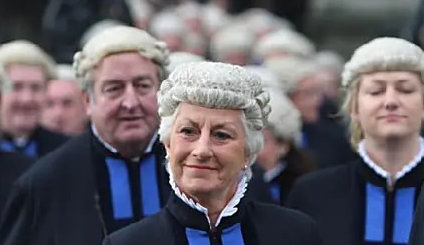
Hi, everyone and welcome back to one of your favorite segments. 【Oh, So That's Why!】《原来如此》.
Hi, Lulu, hi everyone.
In this segment 安澜and I will explore some of the customs behaviors in western culture or cultures in general and get to the bottom of their origin stories.
Yeah, so what are we going to be talking about today?
Actually lately I've been watching some courtroom dramas from the UK.
Yeah.
And I notice they're still wearing wigs, the judge and the lawyers and...
Not the lawyers, the barristers.
The barristers, 就诉讼的那种大律师.
Yeah.
The barristers, the ones who go to court to fight for the case.
That’s the one.
That is still a thing?
That is still a thing.
Where does that even come from? I mean I'm pretty sure a lot of our audience have seen that in movies and TV shows.
Well, yeah. Basically, it started in the1600s. And back then everybody wore wigs, all fashionable men, even if they had hair, they would wear a wig.
Yeah, I mean, looking at those types of wigs, they're so over the top, they're definitely not your modern-day wigs, just to cover loss of hair or something. It's very stylized and it's white, isn't it?
These ones are white because they used to use wool or horse hair for wigs. And sometimes they used to use human hair.
And it's really big.
The judge's one is generally very, very big. The barristers’ ones are a bit smaller.
That tradition, when you said every... especially the influential ones, the upper class ones, they wore wigs. Isn't that something that came from, say, France, French court?
Well, yeah. Back then, one of the French kings was actually going bald, so he started to wear wigs, and of course being the king, everybody wanted to copy him.
He was the original influencer and trendsetter.
Well, back then, the king or queen very often was. So this tradition spread around Europe and it reached the UK.
But it wasn't a fashion statement that judges and barristers in the UK wore wigs. It was more to look respectable.
Well yeah. So they started to follow the fashion because they would wear their own wigs when they went into court. But then when wigs gradually became unfashionable around the 18th century, they still kept the tradition. It's meant to make them look serious and respectable.
It's to create that sort of air, isn't it? 有那个气氛, 有那个感觉.
Well, the wig is symbol of authority, is symbol of professionalism. And also it does help to create a separate identity. So in this, you're not really talking to an individual. You're talking to someone who's wearing a wig, who's wearing a robe. You don't really focus on the face.
It's very symbolic. It's almost like you're talking to the wig.
You are talking to the wig, you are talking to the robes, you're talking to a judge, you're not talking to an individual person.
So there's some level of neutrality, 这种中立性, it sort of blurs the face, but emphasizes on the role.
Exactly. And that's what you want in a judge. You want somebody who represents the law, they represent something that's higher than themselves and you don't want to feel like they are individuals in that way.
Symbols are very, very important in human society. And it doesn't matter which historical periods or which region or which country.
Exactly. And it's not just the UK. Some countries that still follow British legal traditions, like Australia and some Caribbean countries.
But I have a question though, the wigs look big and hot.
That is correct.
Did I have to wear them every day?
Not every day. So some courts they don’t have to wear wigs, and but in some cases, like for example, ceremonies or other type of criminal trials, they might have to wear a wig.
就是刑事案件开庭的时候.
But I have to say that this tradition is changing. So some modern courts are moving away from wigs because they think they're just old-fashioned.
Old-fashioned and seems to be a lot of trouble. And also they only wear them in the courtrooms, right? So what, they have like powder room to put the wig on?
Yeah.
Wow.
They have to wear special robes. So I dare say there's probably a room where they get dressed.
If you think about it, it's very theatrical. It's a very theatrical entrance.
Well, it is. And that's the whole point. It's about showing the importance of law. It's separating the court from the rest of the world.
That is true. I mean in a lot of legal traditions around the world, people might not wear wigs, but they might wear other types of uniform. It's always... the symbolic meaning is that uniform appearance that helps separating their personal identity from their legal role.
That is correct.
By the way, where do they buy those wigs or do the courts support like give them these wigs that get them on? Hopefully not, because...
No. These are bought. So there are specialized shops that you can actually go online now and buy a wig. But if you go into London, if you go around the legal district where lots of the barristers and solicitors have their offices, there are quite a few shops, old traditional shops that still sell wigs.
I think I've seen them, I thought they were Halloween shops.
No, they are shops for barristers.
Oh, so are you saying that if someone gets qualified to be a barrister or be a judge and then they can head down to those shops and say I am a judge now, I'm a barrister now, so I'll get my wig. Thank you very much.
Well, I don't think they'll check, but to be honest, it's not something that you would buy just because you're curious, a barrister’s wig costs around five hundred six hundred pounds.
For a wig?
For a wig. Yes. And a judge’s wig because it's bigger is about£2500.
£2500 for a wig?
Well. You have to think that these are not just mass-produced.
And they always look a bit old and they're not like snowy white.
That's the idea. So with new barristers, what they might do when they buy their wigs, they might soak it in tea for a short time.
做旧么?To make it look older?
To make it look older because let's face it, nobody wants to be defended by...
...it's my first day in court.
Exactly. No one would want to feel like, ok this judge or this barrister is their first day today.
I see that makes total sense, by the way, speaking of wigs, is that where the expression big wigs comes from?
Yeah, a big wig. So a big wig is a very important person because, literally, they had a big
wig.
So nowadays you just say big wigs, those big wigs.
Yes.
To mean people who hold influential roles.
That's correct.
I see. Before we wrap this up, I do have a few like sideline questions.
Okay.
Now we talk about wigs, in Chinese we say 假发, but nowadays when people talk about the 假发, they used to cover their bald spot if they're losing their hair. Those are not necessarily wigs, are they? Because they're not full on wigs.
Those are called toupees.
If they're only covering, for example the top. 就那种发片式的。That they're sometimes called hairpiece or toupee. That's right. Toupee is usually a bit comical.
Well, yeah. Because there's always jokes about someone wearing a toupee that sort of somewhat covering their head.
Yes, but it’s so obvious and it’s so fake.
Exactly.
But those of you who are into cosplay, costume play, those are full on wigs that people wear.
So on that note we're gonna wrap this up, leave us a comment in the comment section what do you think about this tradition in the UK legal system and put in your request for any other customs or behaviors you want us to talk about in this segment.
So see you next time.
We'll see you next time.
Bye bye.
排版长图:
文稿校对:
图片来源:
Jer.ry
龙方圆 & Jenny
均来源于网络 | 侵删














